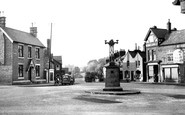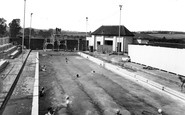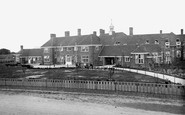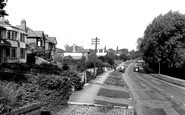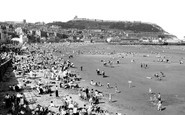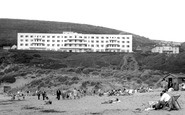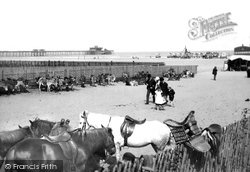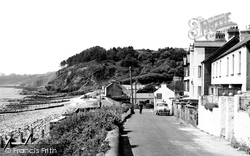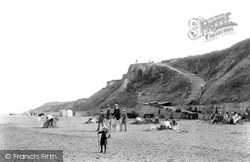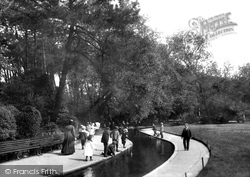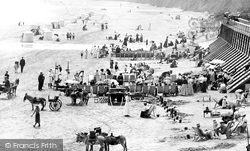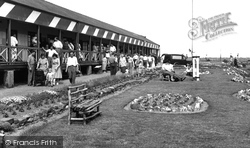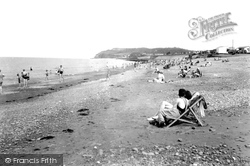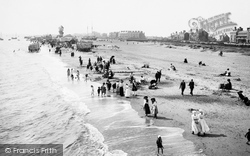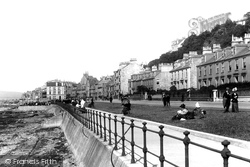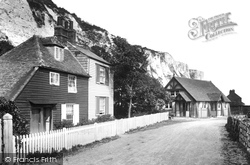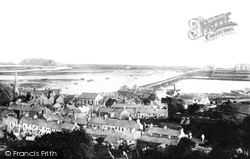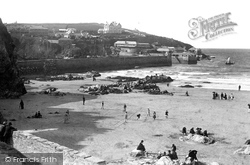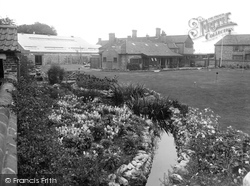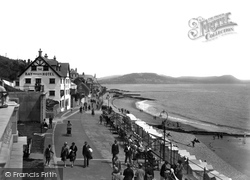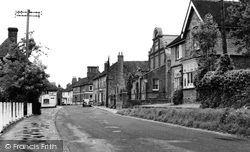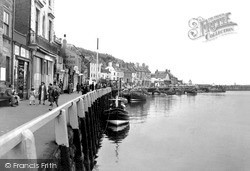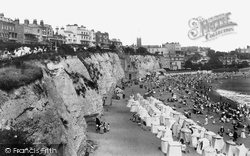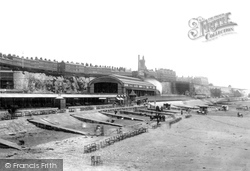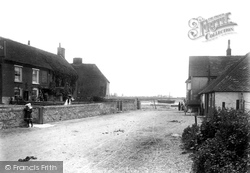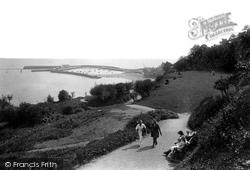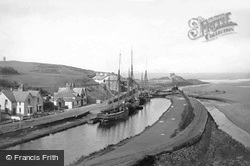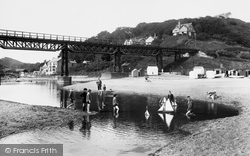Places
12 places found.
Those places high-lighted have photos. All locations may have maps, books and memories.
Photos
191 photos found. Showing results 821 to 191.
Maps
115 maps found.
Books
1 books found. Showing results 985 to 1.
Memories
1,374 memories found. Showing results 411 to 420.
School@Millbank
Hello there, I was known as Jackie, cousin of Billy Jeans whose nickname was Jock, he stayed at 3 King Street and I stayed at Blackpark Farm on the outskirts. I was a message-boy with the Coop and the manager's name was Mr Rome. I ...Read more
A memory of Nairn in 1953 by
School Uniform
When I passed the 11 plus exam I was selected to attend Kibworth Grammar School. The only place that you could get the uniform was the little shop in the photo to the right of the monument in the Square. This meant a trip ...Read more
A memory of Kibworth Beauchamp in 1949 by
School Swimming Lessons
I remember well going to the swimming baths once a week during the summer for swimming lessons. We used to walk from Pilton School to Rock Park, or those of us with bikes were allowed to cycle and wait at the park for the ...Read more
A memory of Barnstaple in 1959 by
School Of Despair
Seduced by the professional expertise of our family doctor, my late mother was persuaded to send me away at age 7 to the Ogilvie School which promised a health giving regime for children who were thought to be of ...Read more
A memory of Clacton-On-Sea in 1952 by
School Days
I started school at 5yrs old ii then lived in Fernlea Avenue the house was called Anglo West and was number 44 (how i remember this so well i do not know) my mum took me to school through the park the school was not far from the end of ...Read more
A memory of Herne Bay
School Lane & The Grange School
I was born at 60 School lane & would like to know what was on the land prior to our house which I think was built in the early thirties. I attended the Grange School on Bradburns Lane. gray & green uniforms, ...Read more
A memory of Hartford in 1955 by
School Camp At Govilon In The Early 30s
The children of the unemployed were taken to school camp in Govilon for a week. At the time there was an R.A.F. camp being built, after which we knew as St. Athens. When went to the beach we were told to each bring a pebble ready to put where the ofices were to be built. Best Regards. Idris Bowen
A memory of Govilon in 1930 by
School Camp
My husband Stan Waite went to this camp when he was in homes in Aberdare - Llucoed. They had entertainment; after breakfast we peeled potatoes to help with dinner, after which the tuck shop opened and we bought an ice-cream, 2-3 pennies. We played on the beach, had a good time.
A memory of Porthcawl by
Scarborough Holidays
All our family holidays when I was a child were taken at Scarborough, where my parents and I stayed with two spinsters who were old family friends, in Whin Bank. I suppose I first went in the early 1960s, and my last visit ...Read more
A memory of Scarborough in 1968 by
Saunton Sands Hotel In Ww2
The hotel was used by the Duke of York's Military School which had been evacuated from Dover - on the cliff tops. Wooden huts were erected along the cliff in front and alongside the hotel to be used as classrooms - each ...Read more
A memory of Saunton in 1944 by
Captions
1,131 captions found. Showing results 985 to 1,008.
There is no pier here, but East Runton attracts people who prefer quieter beaches and country scenery.
Bracing is a good word to describe the north and east winds that frequently blow into the coast here, but the sand beaches are superb compensation.
Nearby Amroth Castle is a grand 18th-century house that sits on the site of Amroth's original Norman fortress, just yards from Amroth beach.
In this picture smart young men stroll along the beach, and ladies who are brave enough to enter the sea would change into their swimsuits in the bathing tents.
This sylvan setting was as equally appealing as the beach for young and old alike, and the waters of the Bourne, tamed and enclosed, were an ideal place for children to sail their boats.
Deckchairs and beach tents were available for hire, and the donkeys are saddled to take different age groups.
Every effort has been made to intensify the holiday atmosphere: there are 'cabin' style chalets daubed with bright colours, rustic seats, flower-bedded lawns and plenty of beach space.
After the historic riches of Dunster we descend, physically as in other ways, to Blue Anchor Bay, a seaside resort with a long beach and little character.
Pleasure boats are anchored in the shallows, and the large hulk of the old 'museum' ship, the 'Eliza', is higher up on the beach.
Here we see the esplanade with the pebble beach in evidence.
The adjoining sandy beach has been the starting point for generations of Channel swimmers since the days of Captain Matthew Webb's successful feat in 1875.
It has since developed as a pleasant seaside resort with a lengthy sandy beach and a little harbour. It is an important market centre.
Here we have an early view of Towan Beach, with everyone overdressed for the seaside. A game of tennis is in progress on a court marked out in the sand.
The adjoining sandy beach has been the starting point for generations of Channel swimmers since the days of Captain Matthew Webb's successful feat in 1875.
Being on the junction of the coast and beach road, it provides a convenient watering-hole for tourists.
Lucy's Ledge Jetty (lower right) was constructed by the eminent geologist Sir Henry de la Beche in 1820.
The foundation stone was laid by Miss Beach of Oakley Hall on 14 June 1886.
Then as now, one could dawdle on the way to the beach and look at the gift shops or stop for a cuppa, or even have some oysters – an oyster stall is just visible (centre left).
The line of new hotels along the cliff-top, including the white stuccoed Albion Hotel, and the crowded beach, are a clear indication of the resort's appeal to holidaymakers.
The beach is overlooked by the Georgian houses of Wellington Crescent. In the centre is the Sands station, owned by the London, Chatham & Dover Railway, which opened on 5 October 1863.
A two-masted sail- ing ship lies in a mud berth, a washing line post leans on the beach and women in long skirts stand and look towards the harbour.
The medieval Cobb harbour spreads out below (centre left) with a shingle beach separating it from Cobb hamlet (centre).
Sand was dug from the beach and carried up the tramway we can see on the right.
Sandsend was just three miles along the sandy beach from Whitby.
Places (12)
Photos (191)
Memories (1374)
Books (1)
Maps (115)

